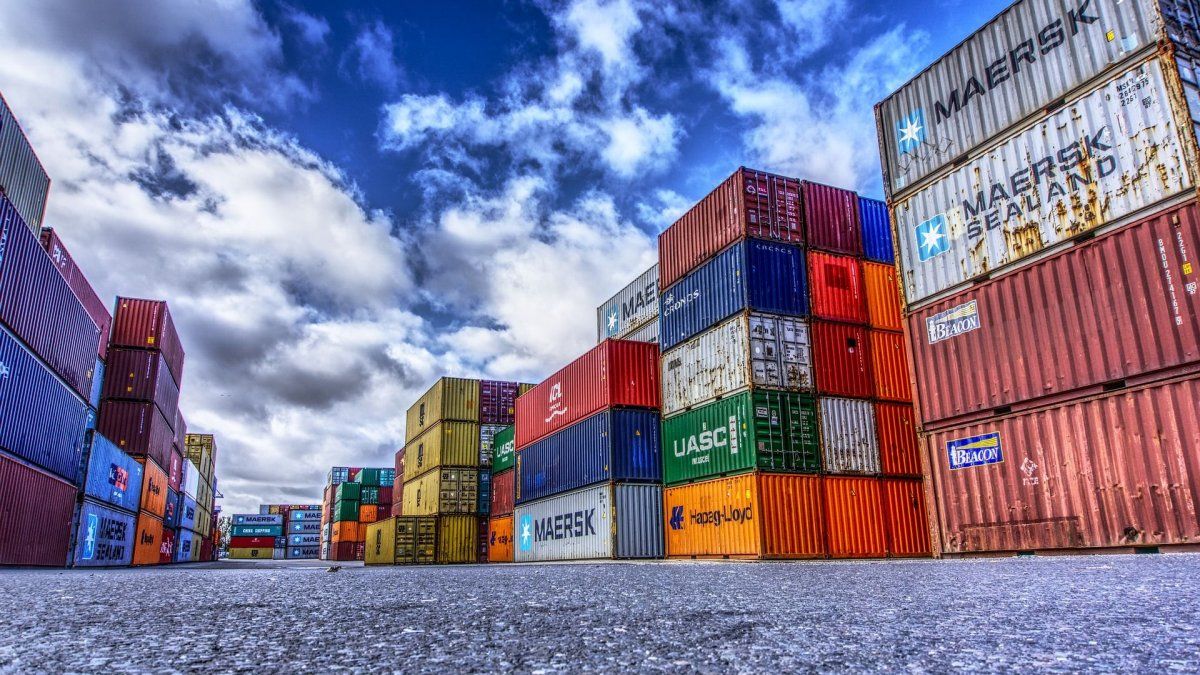According to this work, in 2021, US$ 54,895 million entered in agro-industrial exports, equivalent to 70% of Argentine exports.
“It is almost the only item that presents a sustained trade surplus over the years,” according to FADA.
Agro-industrial chains and transportation are the only ones with a trade surplus, but the first one leads by far: the positive balance for transportation was US$233 million, while agribusiness chains accumulated US$45,368 million.
“This is why it can be said that the agro-industrial chains finance the deficit trade balances of the remaining items (textiles, chemicals and related, electronics, wood, nuclear and industrial machinery). This means that thanks to the positive balance of agriculture we can import clothing , technology, machinery”, evaluated the chief economist of FADA, David Miazzo.
The report also pointed out that Argentine agro-industrial chains reach more than 160 countries and that the country is first in the world rankings with grains, meats and regional economies; It is the world’s leading exporter of soybean meal and oil, lemon oil and juice, beans and peanuts.
It is second with corn and yerba mate, third with soybeans, fourth with pears and powdered milk and fifth with wheat flour, shrimp and prawns, wool, sunflower oil and beef.
“If we didn’t export, thousands of jobs wouldn’t exist.
Argentina reaches 160 countries with its agro-industrial exports. Of all the products that are sailing around the world, we produce 11% in the country,” said FADA economist Nicolle Pisani Claro.
Regarding the concentration of destinations, the entity indicated that, on average, 66% of agro-industrial exports are sold to the first five purchasing countries.
On the prospects for this year, Miazzo considered: “we expect the field to generate even more dollars than in 2021. This increase in exports is derived, mainly, from the improvement in prices, driven by the Russia-Ukraine war. Exports will grow , even when the production of grains, beef and grapes, to take a few examples, will be less”.
However, he warned that “there are three aspects that will limit production and exports: costs, which have increased substantially, particularly fertilizers; delays in the official exchange rate, which makes costs such as freight and labor more expensive when measured in dollars and, finally, public policies such as restrictions on exports of wheat, corn and meat”.
Source: Ambito
David William is a talented author who has made a name for himself in the world of writing. He is a professional author who writes on a wide range of topics, from general interest to opinion news. David is currently working as a writer at 24 hours worlds where he brings his unique perspective and in-depth research to his articles, making them both informative and engaging.




